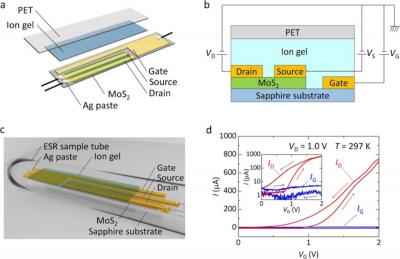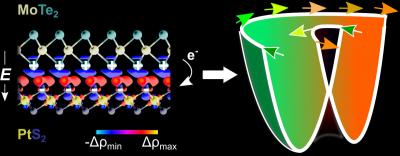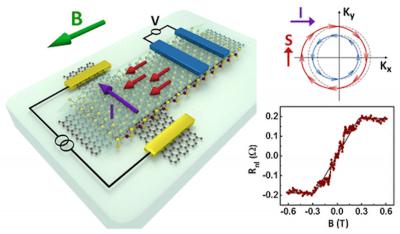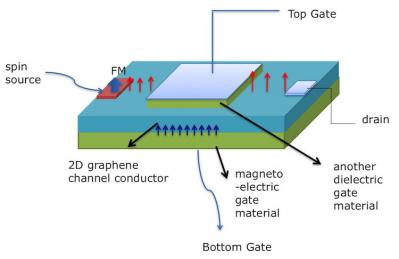Researchers develop proof-of-concept magnetic skyrmion transistors
Researchers from the Korea Research Institute of Standards and Science (KRISS), Konkuk University, Ulsan National Institute of Science and Technology (UNIST) and Pusan National University have pioneered the world's first transistor capable of controlling skyrmions. This breakthrough paves the way for the development of next-generation ultra-low-power devices and is anticipated to make significant contributions to quantum and AI research.
Skyrmions, arranged in a vortex-like spin structure, are unique because they can be miniaturized to several nanometers, making them movable with exceptionally low power. This characteristic positions them as a crucial element in the evolution of spintronics applications.




